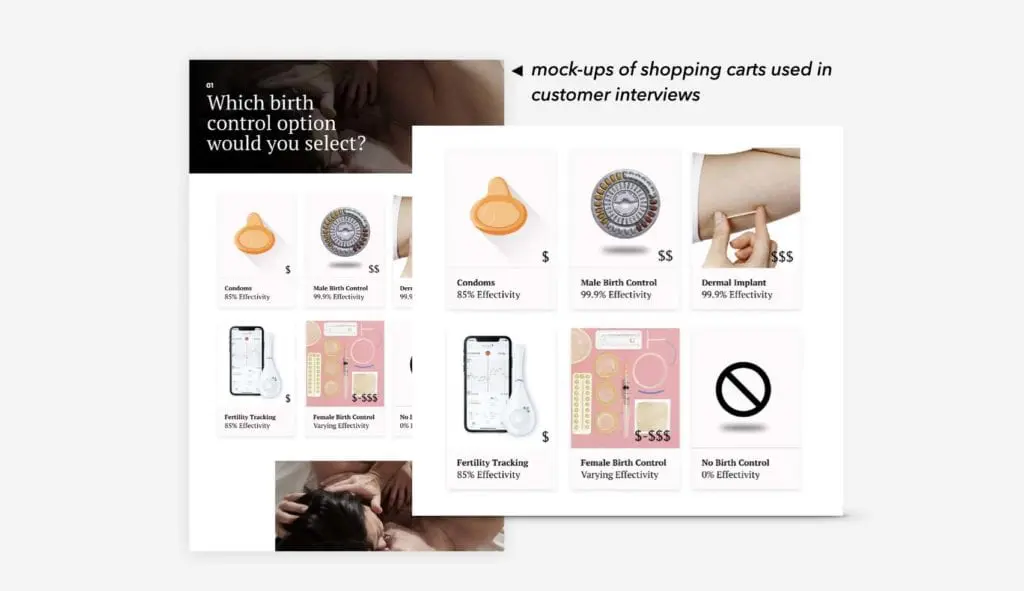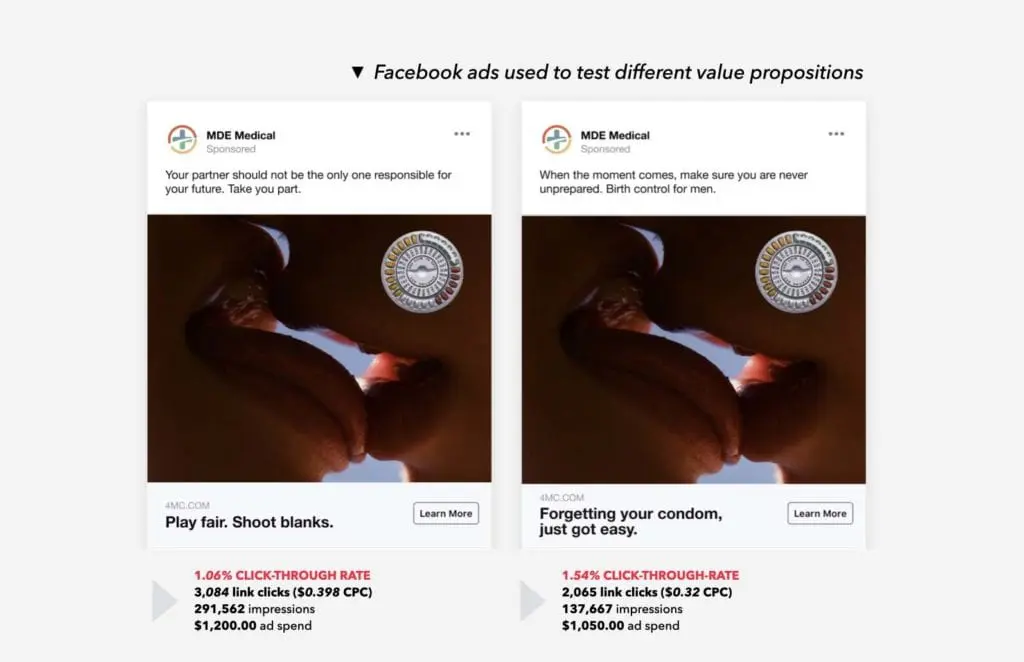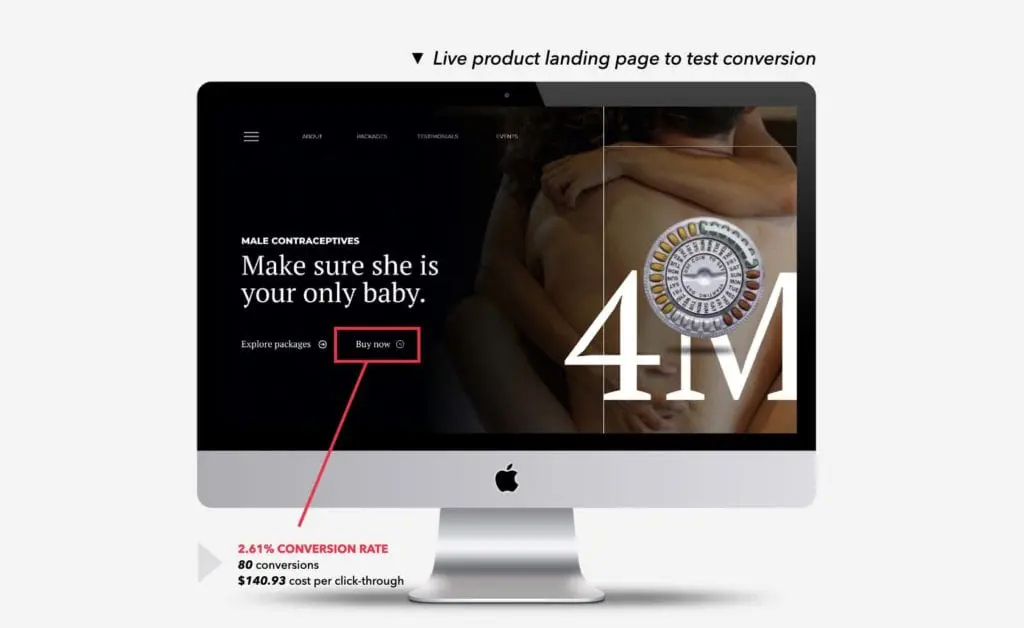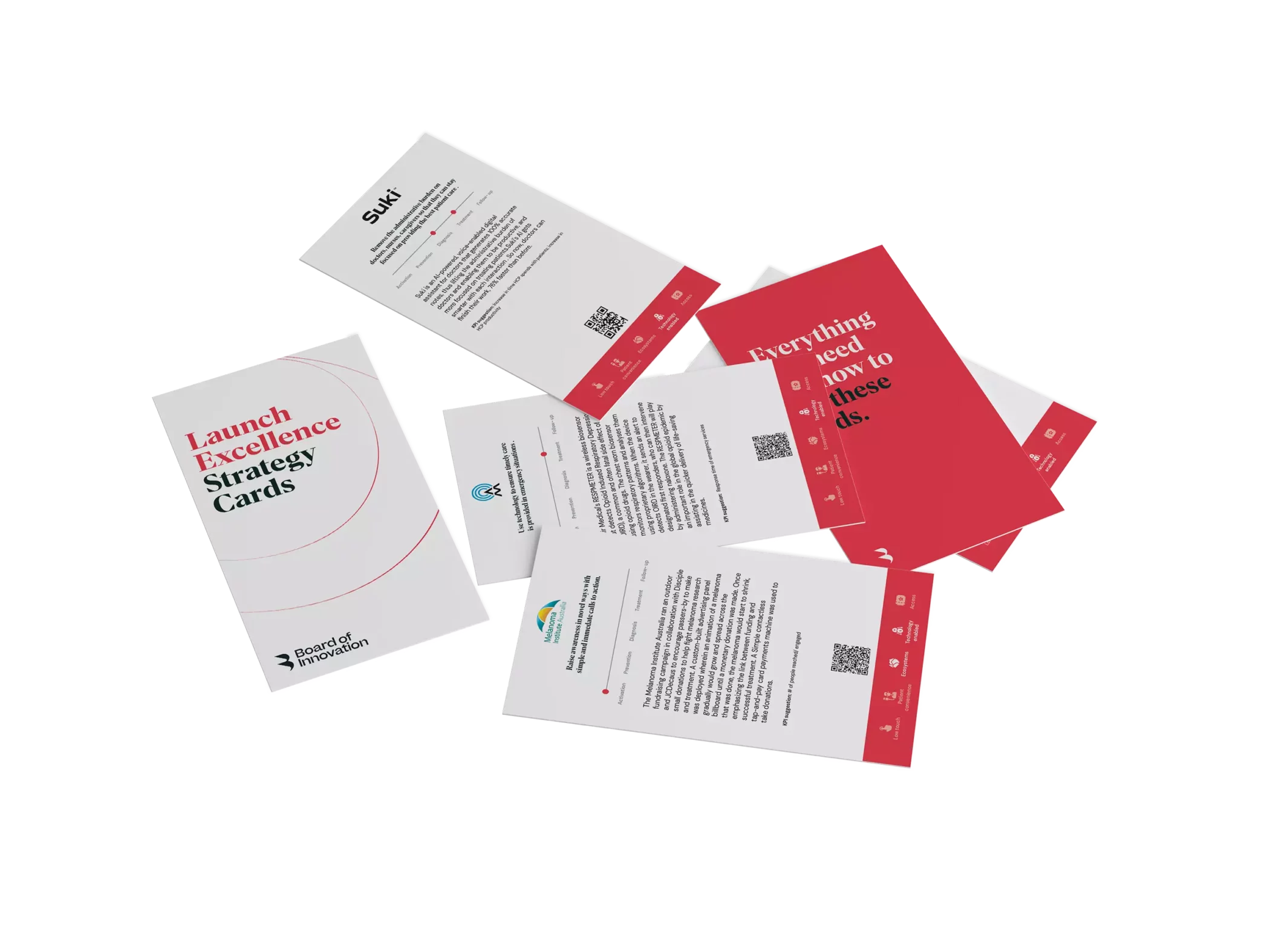The successful launch of a healthcare innovation is founded on evidence-based launch tactics enabled by quicker validation and learnings. So how do you validate launch tactics when the healthcare ecosystem is dynamic, stakeholders are changing, and speed of learning is crucial?
Read up on how to tackle your innovation launch from two of the key Health Innovation Battlegrounds from our report;
- Battleground #1: Evidence-based launch tactics
- Battleground #7: Quicker launch campaigns
Battleground 1: Evidence-based launch tactics
When preparing to launch healthcare innovations and setting up go-to-market strategies, going beyond your internal team and their assumptions is crucial. By involving customers/patients or healthcare professionals, and using evidence-based launch tactics, you improve the speed, effectiveness and efficiency of your go-to-market strategy. Multiple tests and validations should be performed to observe and measure real behaviors, so as to inform and remove risk from activation tactics.
Below are three ways you can validate your launch tactics, focused on maximizing learnings in minimal timeframe.
We apply the tactics on a hypothetical case: launching a new male birth control pill with a subscription business model.

Shopping cart test
Don’t ask customers what they want. Show them options and observe their behavior before engaging in a conversation.
The first goal is to understand how customers compare different products/services and towards which value proposition they gravitate. By presenting them with a shopping cart system, they can get an overview of the products and make a decision by comparing them.
The second goal is to understand which value propositions resonate with which customer segments. By asking questions about product selection to different customer segments, you will obtain a better understanding of your segments and their preferences, which can help inform your launch strategy and allow you to make a more behavior-driven segmentation.

Value proposition test
Combine qualitative insights with data from real online behavior to better understand customers.
The first goal is to better understand which triggers will drive the activation of new customers. By pushing the same ad with different messaging to a specific target segment via social media, you can understand what drives engagement and/or conversion.
The second goal is to refine your customer segmentation. Testing different messages provides data for this decision.
Making decisions based on statistically relevant data about a customer segment will help to (in)validate assumptions about what will activate your potential customers.

Customer acquisition test
Collect sign-ups for a product/service that does not yet exist to gather key data that will help to build or drop the business case.
The goal is to drive a statistically significant group of customers to a platform where they can buy/pre-order the product you aim to develop. This will provide you with an estimate of the customer acquisition cost which, together with the lifetime value of an additional customer, will be the key determinant of the business case.
To ensure regulatory and medical compliance, it is crucial to have the right disclaimers in place, run tests off-brand and work with proxies to mimic purchasing behaviour.
Battleground 7: Quicker launch campaigns
Healthcare ecosystems are not static and more stakeholders are involved in the patient journey than ever before. The effectiveness of an innovation process is correlated with the speed of achieving validated learnings. So how do you validate your launch campaign to all these stakeholders when speed of learning is crucial?
New campaigns and validation tactics are easier and quicker to roll out compared to conventional methods (e.g. interviews). Moreover, these new tactics are often less time-intensive and more inclusive as they go beyond validating focused on stakeholders that you already have close relationships with (e.g. internal stakeholders).
For example:
- Younger family members or caregivers can be reached relatively easily and quickly via digital channels.
- Offline networking and conferences will remain a cornerstone of launch campaigns, but are not easy to scale
Use this chart as a framework to prioritize your validation tactics
Common challenges to consider
Roll-out in an international context requires the local adaptation of campaigns. But mainly relying on offline campaigns could take too long. New, digitally-enabled campaigns are more easily transferrable.
Innovative tech can be challenging for some stakeholders to understand. As a result, certain partners will need simplified messaging strategies. It is important to identify this risk early on.
Certification and regulatory compliance are often achieved in parallel with the early commercial rollout. Thus, adaptions in one track could lead to disruption in another.
Relying heavily on a generic segmentation that does not take into account the behavioral drivers of patients and/or HCPs will set you up for failure from the very start.
Assuming how key influencers (e.g. personal caregivers) will support a roll-out is a risky approach that could jeopardize the entire commercial strategy.
Making overly optimistic projections or pushing the solution with the fanciest prototype is expected internally, but in the long run it will result in an expensive boneyard of innovation projects.
50 tactics and strategies to improve your launch success of new drugs, indications or digital health products or services.




